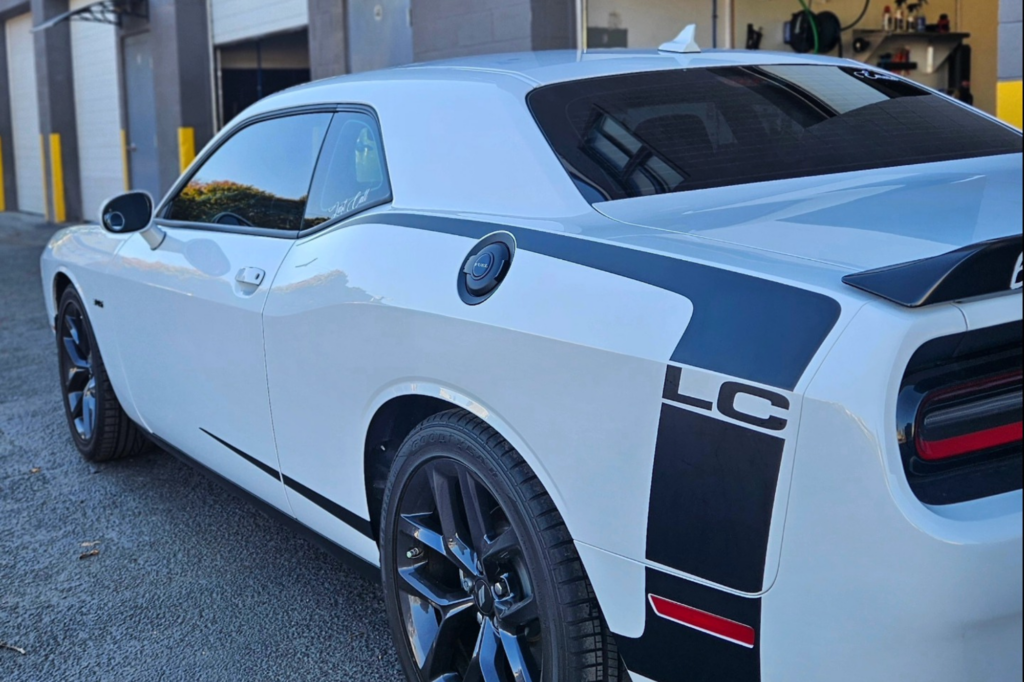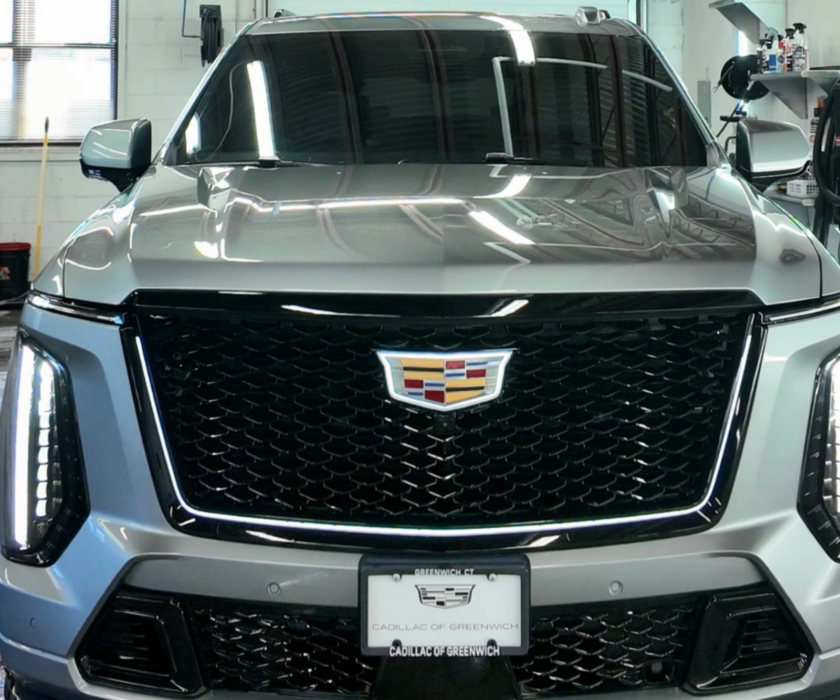Are you tired of dealing with excessive heat and glare in your vehicle? Many drivers face this challenge, leading to discomfort and increased reliance on air conditioning. This guide on the best window tints for heat and glare reduction explores various tint types, key features to look for, and how professional installation ensures optimal results. By reading this article, you’ll gain the knowledge to improve driving comfort, visibility, and energy efficiency—no matter the season.
Identifying Top-Rated Window Tints for Heat and Glare Reduction
Key Features of Effective Window Tints
Top-performing window tints reduce heat transfer, improve fuel efficiency, and block harmful UV rays while preserving clear visibility. Advanced films use ceramic or carbon materials that resist fading and maintain cooler cabin temperatures, even under direct sunlight.
Popular Brands Offering High-Quality Tints
Brands like Llumar, 3M, and SolarGard are renowned for producing high-performance automotive window films. These tints excel in UV protection, durability, and glare reduction—providing long-lasting comfort and performance in all driving conditions.
Customer Reviews and Ratings Overview
Drivers often highlight improved comfort, reduced glare, and a noticeable drop in interior temperatures. Positive reviews also mention smooth installations and long-term durability, especially when certified professionals apply the tint.
Comparing Performance on Heat and Glare
Ceramic tints use nanotechnology to reflect infrared heat while preserving clarity. Metallic tints reflect sunlight effectively but may interfere with electronics. Choosing the right material impacts how well your tint performs in real-world driving conditions.
Exploring Different Types of Window Tints
Ceramic Tints and Their Benefits
Ceramic window tints block up to 99% of UV rays and reduce infrared heat without affecting visibility. They’re ideal for drivers wanting advanced performance with a sleek, clear appearance.
Advantages of Carbon Tints
Carbon tints offer high heat rejection and UV protection without metallic interference. They’re known for fade resistance and a rich, matte finish that enhances vehicle aesthetics.
Reflective Tints: Pros and Cons
Reflective tints, with a mirrored appearance, provide excellent glare and heat rejection. However, they can reduce nighttime visibility and may not be legal in all states for certain window placements.
Dyed Tints: Cost-Effective Performance
Dyed tints are budget-friendly and improve vehicle appearance while offering moderate heat and glare reduction. While not as durable as ceramic or carbon, they’re a good starting point for tinting needs.
Factors to Consider When Choosing Window Tin
Legal Regulations on Tint Darkness
Each state has different laws regulating tint percentages on windshields and side windows. Check local guidelines to ensure your tint is compliant while still offering the desired protection.
Climate Impact on Tint Performance
Drivers in sunny, hot regions benefit from tints with high IR rejection while those in cooler climates may prioritize glare reduction. Choose a shade that matches your driving environment.
Installation Quality and Professional Services
A high-quality tint won’t perform well without proper installation. Professionals ensure correct film placement, avoid bubbles, and adhere to legal standards—providing a clean, lasting result.

Installation Process for Maximum Effectiveness
DIY vs. Professional Installation
DIY kits may save money, but improper installation can lead to bubbling, peeling, or reduced performance. Professional installers bring expertise, tools, and product warranties for better long-term results.
Preparation Steps Before Tinting
Proper glass cleaning is essential. Removing grease, dust, and contaminants ensures proper adhesion and a smooth finish. A clean surface is key to maximizing tint performance.
Tips for Maintaining Window Tints Post-Installation
Avoid harsh cleaners and use a soft microfiber cloth to clean tinted windows. Allow a curing period after installation to prevent film disruption and extend the life of your tint.
Expert Tips for Enhancing Heat and Glare Reduction
Complementary Solutions to Window Tints
Use sunshades or windshield reflectors during extreme heat to complement your tint’s performance. These tools enhance cooling and preserve interior quality.
Strategic Window Orientation and Use
Parking your vehicle in shaded areas and using windshield covers can reduce direct sun exposure and enhance tint effectiveness.
Real-World Reviews and Case Studies
Drivers’ Experiences With Top-Rated Tints
Many vehicle owners report a substantial drop in cabin temperatures, increased comfort during long drives, and a reduction in eye strain from sun glare. These benefits are especially noted with ceramic or carbon tints.
Performance Comparisons in Different Driving Environments
Drivers in desert climates find ceramic tints most effective, while urban commuters prefer carbon or hybrid tints that balance heat rejection and style. Each environment presents unique challenges that certain films address better than others.
Long-Term Effects on Comfort and Energy Savings
Over time, quality window tints reduce air conditioning use and protect interior materials from fading or cracking. This results in consistent comfort, lower fuel costs, and preserved vehicle aesthetics.
In Summary
Selecting the best window tints for heat and glare reduction greatly improves your driving experience. It’s a Wrap specializes in premium window tinting services that enhance comfort, reduce energy use, and protect your interior. Ceramic and carbon films offer advanced protection, cutting down on glare while keeping your vehicle cooler. By understanding your options and trusting professionals like It’s a Wrap for expert installation, you’ll enjoy a cooler, safer, and more enjoyable ride for years to come.


